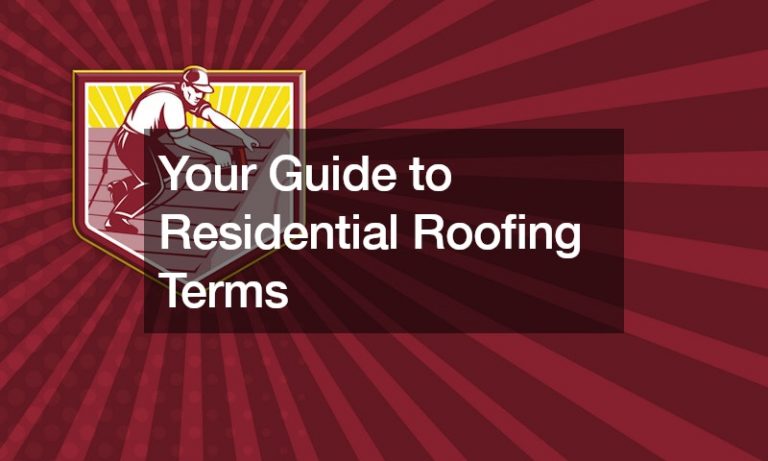Understanding residential roofing terms can help homeowners communicate effectively with contractors and make informed decisions. One key term is “shingles,” which are the individual overlapping elements that form the outer layer of the roof. Shingles come in various materials, such as asphalt, wood, and slate, each offering different durability and aesthetic options.
Another important term is “underlayment,” a protective layer installed between the roof deck and the shingles. This barrier prevents water infiltration, providing an extra layer of protection against leaks.
Common materials for underlayment include felt and synthetic membranes, each with unique benefits and longevity.
The “roof deck” or “sheathing” is the base layer of the roof, typically made from plywood or oriented strand board (OSB). It provides structural support for the roofing materials and must be in good condition before any roofing residential work begins. If the deck is damaged or weak, it may need to be repaired or replaced to ensure a sturdy foundation.
“Flashing” is another critical term, referring to the metal pieces installed around roof penetrations like chimneys, vents, and skylights. Flashing directs water away from these areas to prevent leaks. Proper installation of flashing is crucial for maintaining the roof’s integrity and preventing water damage.
Lastly, the “ridge” and “valley” are important roof features. The ridge is the highest point where two roof planes meet, often covered by ridge shingles for added protection. The valley is the internal angle formed by two intersecting roof slopes, which channels water off the roof. Keeping these areas well-maintained is essential for effective water drainage and overall roof health. Understanding these terms can greatly assist homeowners in navigating roofing projects and ensuring their roofs are well-maintained.

